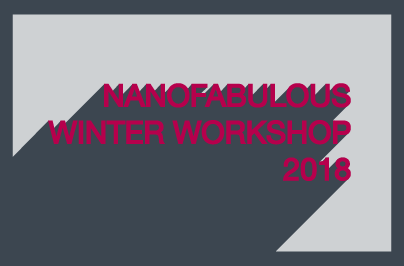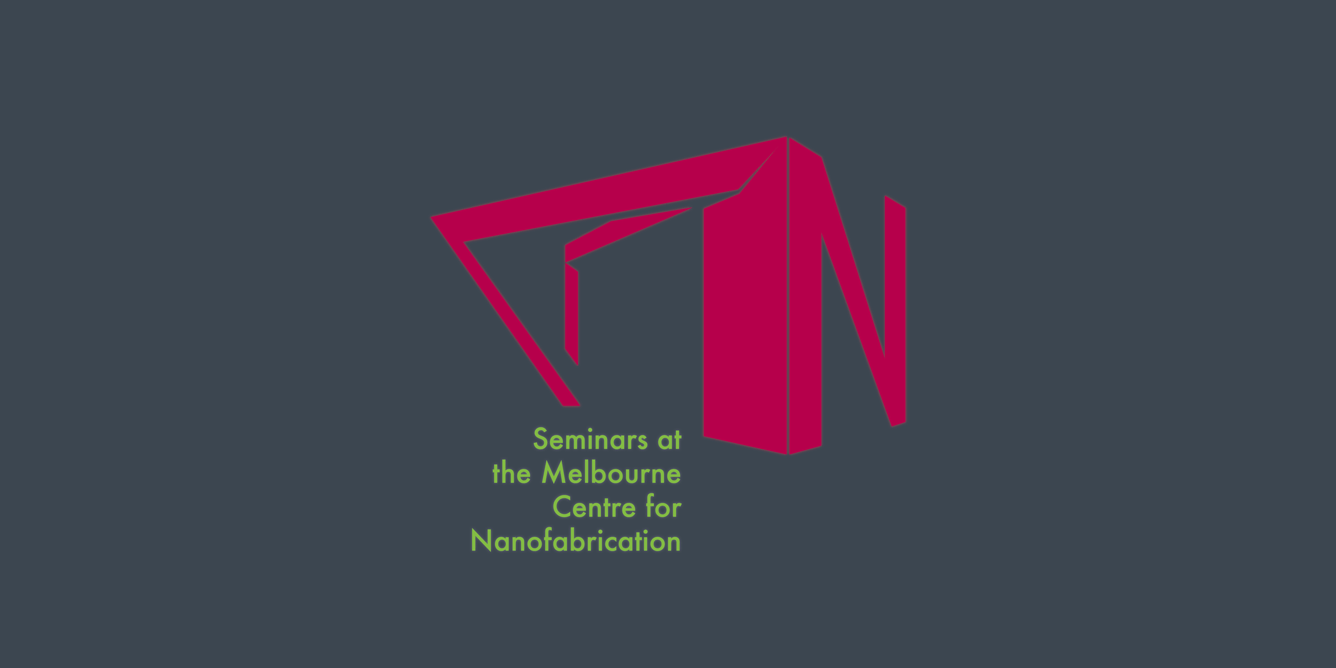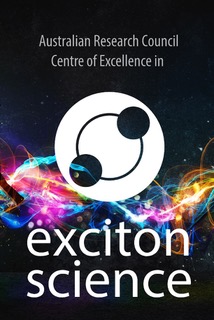Colloidal inorganic nanocrystals exhibit precise morphologies and tunable properties, making them essential components for nanophotonic devices and biological imaging. Our research explores the reaction networks that govern the controlled synthesis of inorganic nanoparticles, and we investigate the photophysical networks that govern the optical properties of upconverting nanoparticles. To develop a holistic understanding of these intricate networks, we use combinatorial and high-throughput robotic techniques to map the dynamics of these networks across material compositions and reaction conditions. Using these methods, we manipulate the energy transfer pathways of lanthanide-doped upconverting nanoparticles, which combine near-infrared photons into visible light. Combinatorial screening and theoretical modeling reveal lanthanide dopant compositions that enable imaging of single upconverting nanoparticles comparable in size to fluorescent proteins and reveal nanoparticle compositions that enable excitation at the optimal wavelengths for imaging through tissue. Finally, we demonstrate that these nanoparticles can be used to fabricate microscale, upconverted lasers for biological sensing and stimulation.








